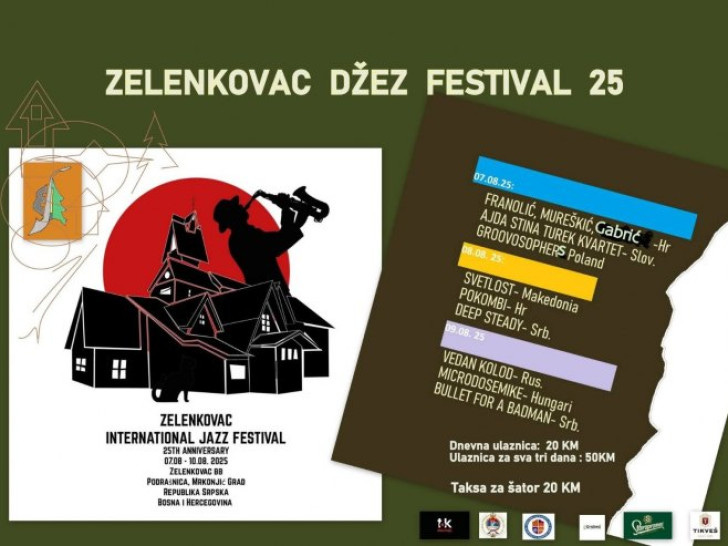Zelenkovac at 25 - Bosnia’s Most Beautiful Jazz Festival (You’ve Probably Never Heard Of)
A quarter-century of rhythm, resilience, and resistance in the woods. This is the story of a jazz festival unlike any other—deep in the heart of the Balkans.
This post is a bit longer than usual (but for good reason!)
I’ve packed this post with stories, sounds, and reflections from 25 years of jazz deep in the Bosnian forest. So if you’re short on time or prefer a more comfortable read, check out the post on the web
Keep reading with a 7-day free trial
Subscribe to Coffee and Rakija to keep reading this post and get 7 days of free access to the full post archives.



